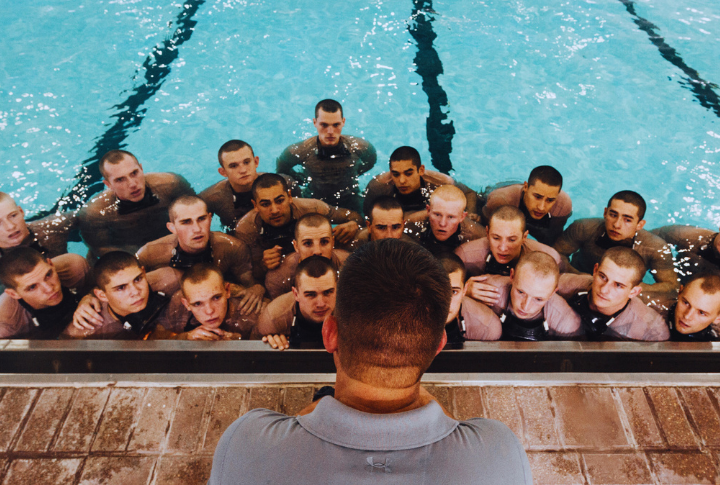
As warfare evolves, so do training methods. The U.S. military constantly adapts its programs to meet the changing demands of modern combat. The U.S. military is known for its intense training programs that push individuals to their limits, both physically and mentally. These extreme training regimens are designed to build strength and endurance and cultivate resilience and teamwork. Let’s examine the various training programs that help prepare soldiers for anything they might face in the field!
The Foundation: Basic Combat Training (BCT)

Basic Combat Training (BCT) is where the transformation from civilian to soldier begins. It lasts about ten weeks and is categorized into two divisions: basic combat training and advanced individual training (AIT). During this time, recruits learn essential skills, including physical fitness, combat techniques, and military discipline.
The Physical Challenge of BCT

Trainees are exposed to rigorous physical challenges such as obstacle courses, long marches, and drills designed to build endurance and strength. They also learn to work together as a team by pushing each other to overcome obstacles and succeed. This challenge helps them develop a deep sense of camaraderie.
Psychological Resilience in Training
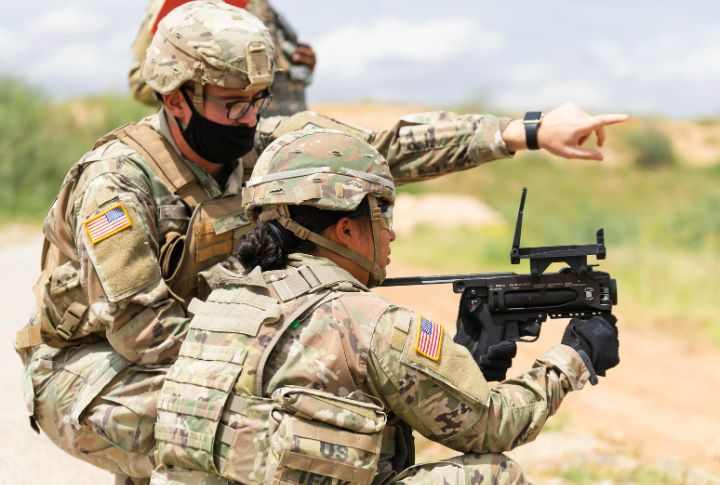
Psychological resilience training prepares recruits for the uncertainties of military operations. It trains soldiers through stressful situations to help them learn how to handle stress, make quick decisions, and stay focused under pressure. This mental toughness is essential for soldiers who may find themselves in life-or-death situations.
Specialized Training Programs
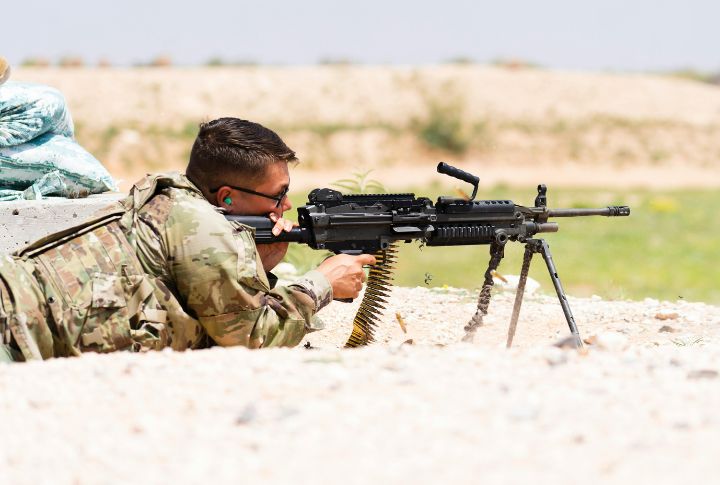
After completing BCT, trainees often move on to specialized training programs tailored to their specific military occupational specialties (MOS). These programs can differ significantly, depending on the soldier’s role. For example, infantry soldiers receive additional training in combat tactics, while those in technical roles focus on equipment and systems.
Advanced Tactical Athlete Conditioning (ATAC)
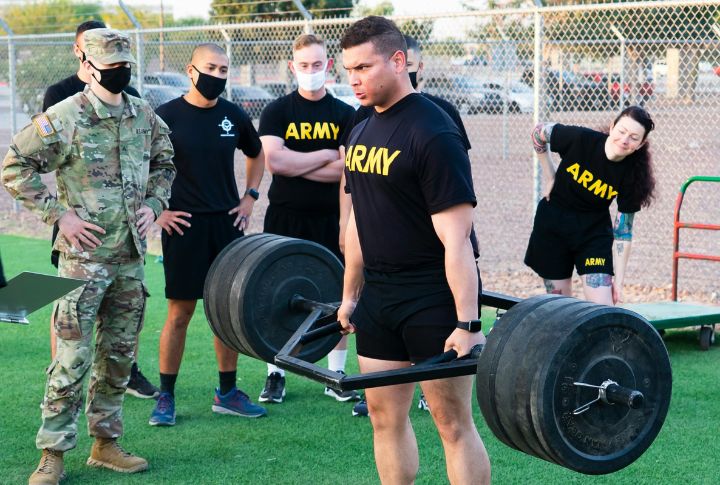
One notable program that’s gaining traction is the Advanced Tactical Athlete Conditioning (ATAC) program. This initiative focuses on high-intensity exercises that prepare soldiers for their roles’ physical demands. ATAC includes elements like high-intensity aquatic exercises, tactical agility circuits, and combat core conditioning, all designed to enhance combat readiness.
SERE Training

SERE is one of the most extreme military training programs. SERE is short for Survival, Evasion, Resistance, and Escape. The course teaches soldiers how to survive in hostile environments, evade enemy capture, resist interrogation, and escape if captured. It’s a comprehensive program that prepares them for worst-case scenarios.
Hell Week
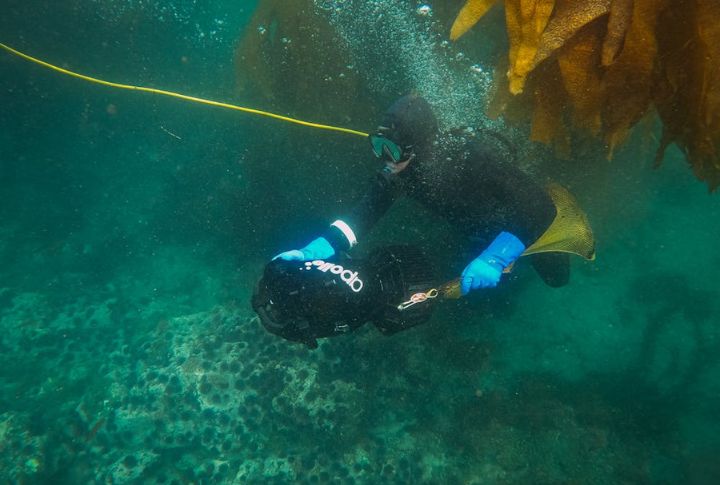
Then there’s Hell Week, a notorious part of Navy SEAL training. For five and a half days, trainees endure continuous physical and mental stress with little to no sleep. It’s a brutal test of endurance and willpower, designed to weed out the cadets who aren’t up to the challenge.
U.S. Army Airborne School
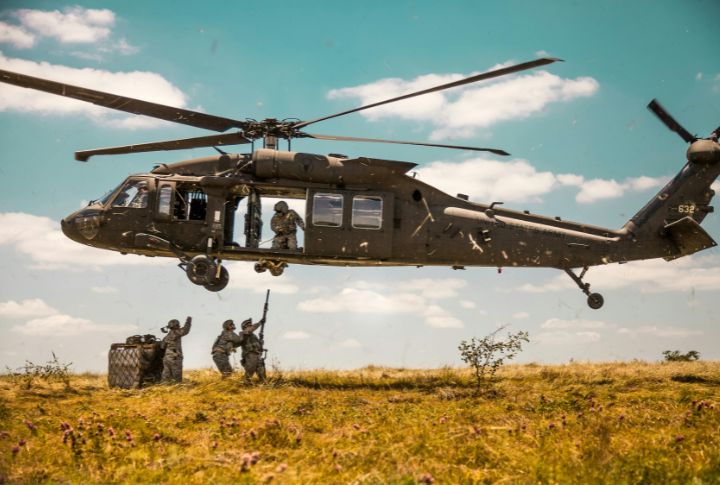
Soldiers undergo a rigorous three-week journey to become paratroopers at the U.S. Army Airborne School, Fort Benning, Georgia. This intense training includes mastering parachute landing techniques and completing five jumps from aircraft. The training imbibes essential skills for airborne operations in trainees, such as conquering fears, building teamwork, and honing precision.
Cobra Gold Exercise
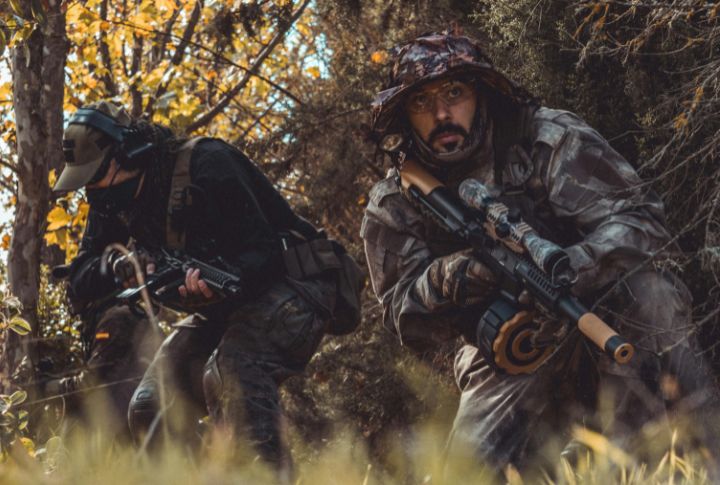
The U.S. military also participates in international training exercises, such as Cobra Gold, held annually in Thailand. This exercise brings together troops from various countries to engage in joint training scenarios such as survival skills and combat tactics. It’s a fantastic opportunity for soldiers to learn from each other.
Ranger School
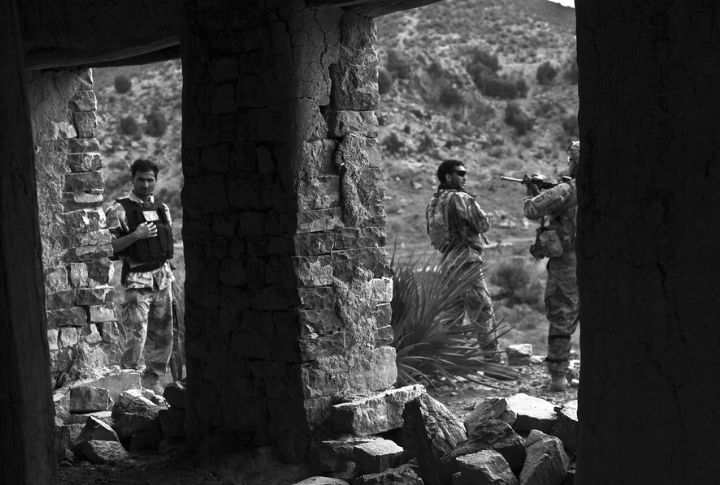
With its first stage conducted at Camp Rogers and Camp Darby, Ranger School is another grueling training program that focuses on small-unit leadership and requires soldiers to operate under intense conditions, including food and sleep deprivation. The goal is to prepare soldiers to lead in the most challenging circumstances, where every decision counts.
Corps Recruit Depot’s The Crucible
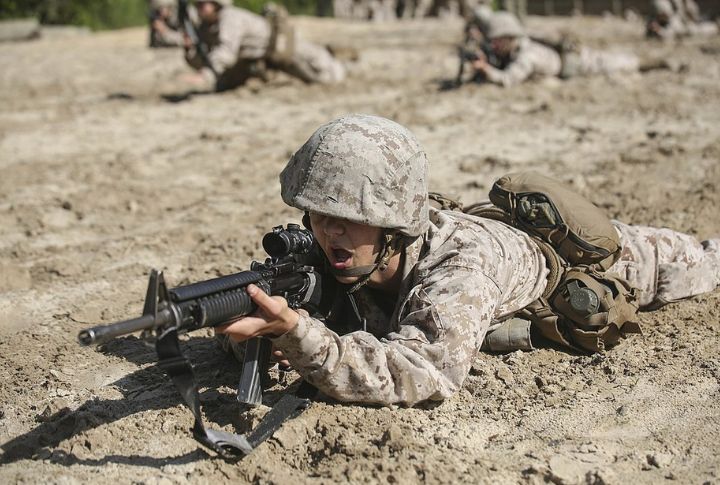
The Crucible is a legendary rite of passage known as the Marine Corps Recruit Depot. This grueling 54-hour challenge is where recruits truly prove their mettle. It’s designed to test every ounce of their physical and mental strength. Successfully completing The Crucible means they’ve earned the prestigious title of United States Marine.
The Special Forces Qualification Course
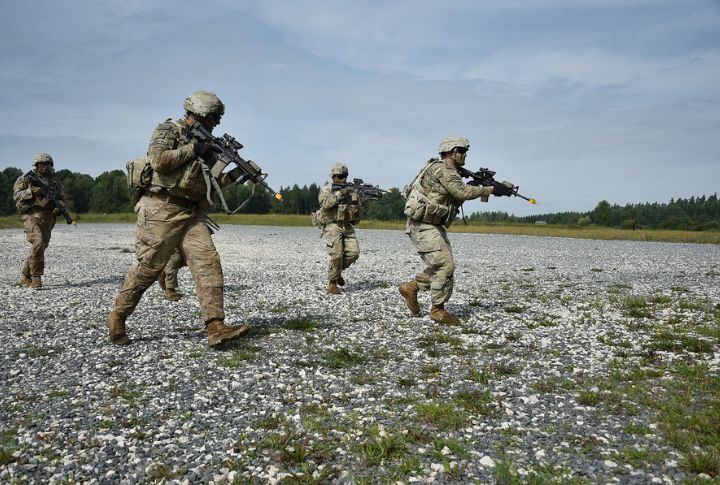
Better known as the Q Course, this is where Army Green Berets are made. This program is like a supercharged training boot camp covering everything from unconventional warfare to foreign languages. It’s an intense, multi-phase ordeal that turns soldiers into covert operations and guerrilla tactics specialists.
Training for Natural Disasters
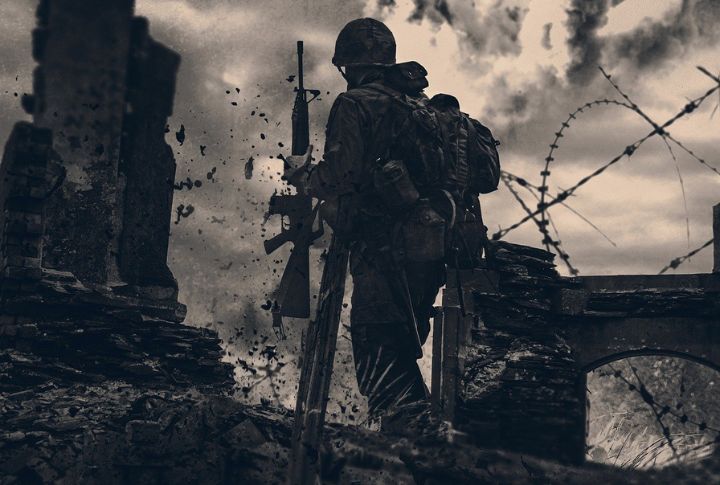
The U.S. military’s training goes beyond combat and prepares soldiers to respond quickly and effectively in real-world emergencies like natural disasters. For example, the military often collaborates with organizations like Verizon to conduct exercises that simulate crises, such as hurricanes or nuclear incidents.
Intense Air Force Pararescue Training
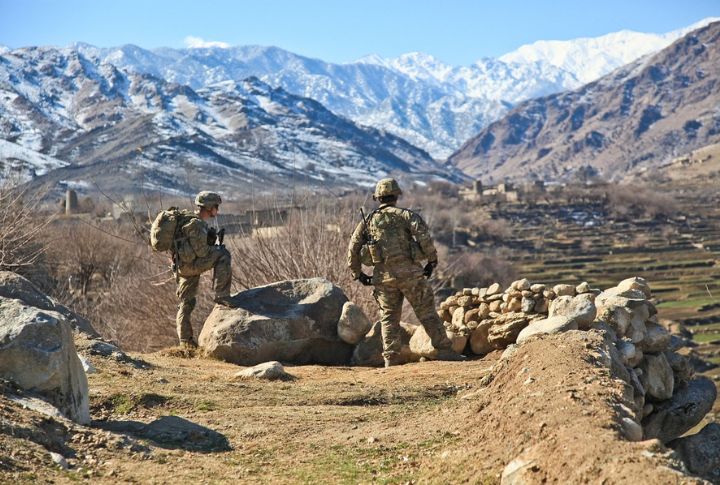
Air Force Pararescue trainees, or P.J.s, undergo some of the most intense training in the military. Their indoctrination course prepares them for high-stakes rescue missions in the world’s most challenging environments. These trainees learn to handle extreme conditions, such as diving deep underwater or scaling rugged mountain peaks
Diver Training for Special Operations
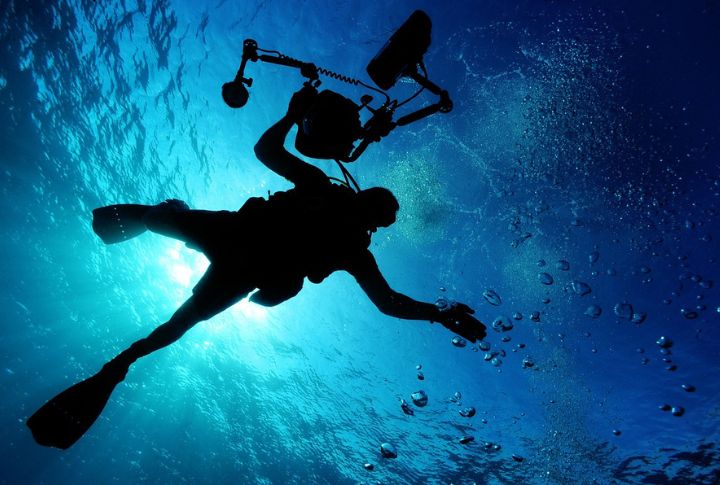
Navy divers and other special forces in the United States of America train in some of the harshest underwater conditions. They must learn to maneuver, work, and survive in zero-visibility, high-pressure environments. Their training includes using closed-circuit breathing apparatus, which allows for stealthy underwater operations.
The Outcome

The result of all this extreme training is the creation of elite warriors. These soldiers are not just physically and mentally challenging—they’re adaptable, resourceful, and ready for anything. This training ensures they can face the unpredictable nature of modern combat with confidence and competence, no matter how challenging the situation.

Comments
Loading…